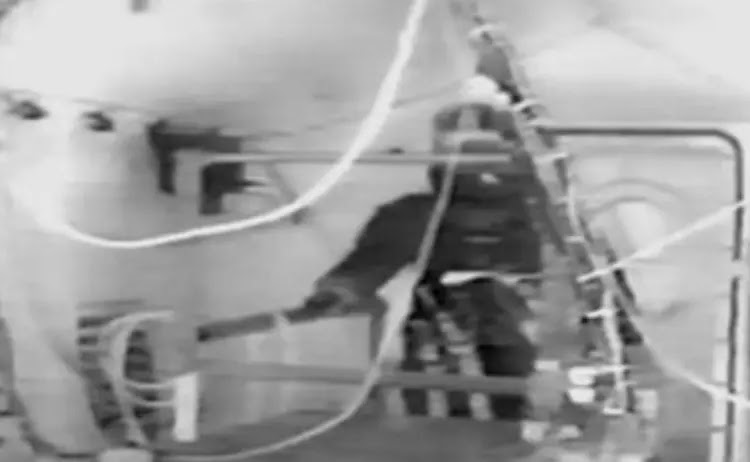Health
What Happens To The Human Body When Exposed to Void In Space?
Some of you might think that just by looking at the spacesuit, it is relatively easy to make and very cheap. But in reality, one pair of spacesuits can simply leave any millionaires in awe as the price to build one is huge.
Basically, a spacesuit is like a small vehicle that is used for the needs of astronauts similar to how communication works. But what if these spacesuits do not exist and our human body was exposed to the void of space? If we were to look at movies, the body simply explodes the moment they were exposed. But of course, movies are not reliable sources.
After that, he passes out and this bubbling which is also known as ebullism is something that can happen to deep-sea divers. For those who do not know, a diver can go to the bottom really quick but the same thing cannot be said when getting back up. This is due to the change in gravity from high to low which will compromise the blood circulatory system.
As of now, NASA is designing a new creation that is far more advanced than the previous one. According to the current market price, one pair of spacesuits can reach a whopping $1 billion. It is definitely expensive but the price to pay is worthwhile as it can ensure the safety of the astronauts in space where the temperature fluctuates a lot.
ADVERT
 |
| Spacesuit as vehicle |
Basically, a spacesuit is like a small vehicle that is used for the needs of astronauts similar to how communication works. But what if these spacesuits do not exist and our human body was exposed to the void of space? If we were to look at movies, the body simply explodes the moment they were exposed. But of course, movies are not reliable sources.
In case any astronauts were exposed to the void of space, the effect will definitely be detrimental. It will although not happen within seconds but in a few minutes instead. The space will disturb the fluids in our body by causing the body to expand as time goes on.
Since there is no air in space, the respiratory system will become more solid and this thing has been proven to happen in 1966. An aeronautical engineer named Jim LeBlanc was seen helping test out the prototype of a spacesuit in one of the space shuttles more specifically the room which removes the air and pressure.
LeBlanc has followed all the procedures in the space operation but one of the pipes that flow the air to his helmet came off. He only remembered one thing that happened which was that the saliva on his tongue started bubbling.
 |
| The Scary Moment |
After that, he passes out and this bubbling which is also known as ebullism is something that can happen to deep-sea divers. For those who do not know, a diver can go to the bottom really quick but the same thing cannot be said when getting back up. This is due to the change in gravity from high to low which will compromise the blood circulatory system.
ADVERT
Ebullism symptoms are bubbling inside the mouth and eyes which is almost similar to what is happening in convulsing people. But in this case, blood will also form bubbles and the skin will start to sore while finally, the brain will be drowning without oxygen as the artery becomes clogged.
This is what has been experienced by LeBlanc. Humans can pass out within 10 seconds and to some extent, some people will simply piss their pants.
Simulation Using Computer Data
NASA did not want to hold on to theory altogether and they wanted to test it out on the ground. So they have collected all the biological data based on the research available. With all the data that they have, they have made a simulation as if it was happening in reality.
Their findings were quite terrifying, to say the least. The void of space will force the air out of our lungs despite holding our breath. The astronauts that are exposed will have suffocation for a few minutes and also bear through it all as gas and water escapes from their bodies.
ADVERT
You can just imagine as if a vampire is sucking the life out of you and if it did happen astronauts only have 15 seconds before the ebullism symptoms become much worse. This is of course a very limited time to do anything and it will leave anyone trembling and fearing before their death.
This is why NASA is willing to spend billions of dollars to make the most suitable spacesuit that money can buy so that these things will not happen. If anything were to happen out of space then it will jeopardize their mission and ultimately cause lives to be lost.
Source:
- Fernholz, T. (2021, Ogos 12). A $1 billion space suit is holding up NASA’s 2024 moon landing. Quartz.
- Kwan, J. (2021, November 14). What would happen to the human body in the vacuum of space? Live Science.
- Murray, D.H., et al. (2013). Pathophysiology, prevention and treatment of ebullism. Aviat Space Environ Med. 84 (2): 89-96.
Also read: Golden Blood - Rarest Blood In The World










Post a Comment
0 Comments